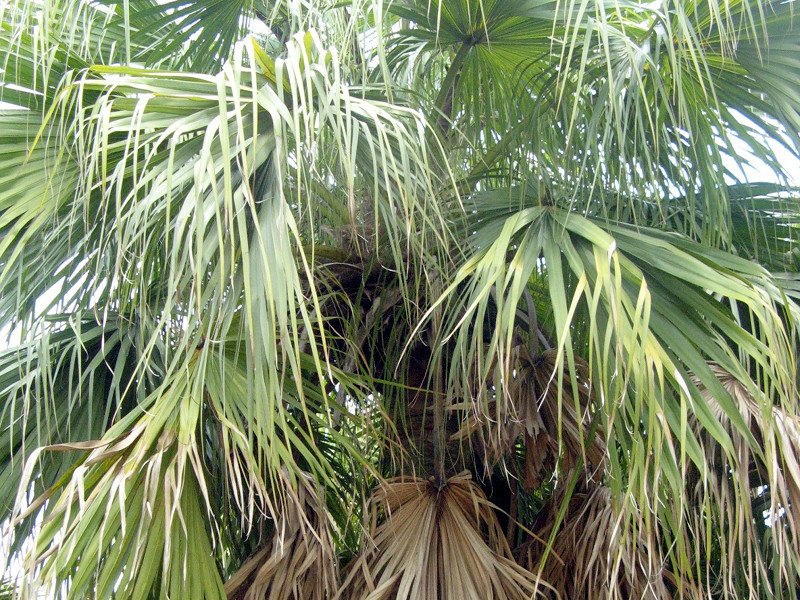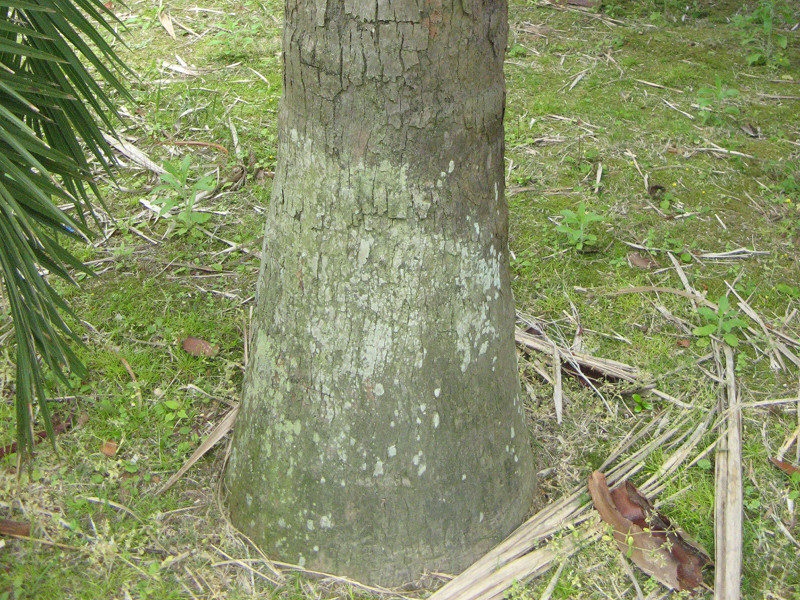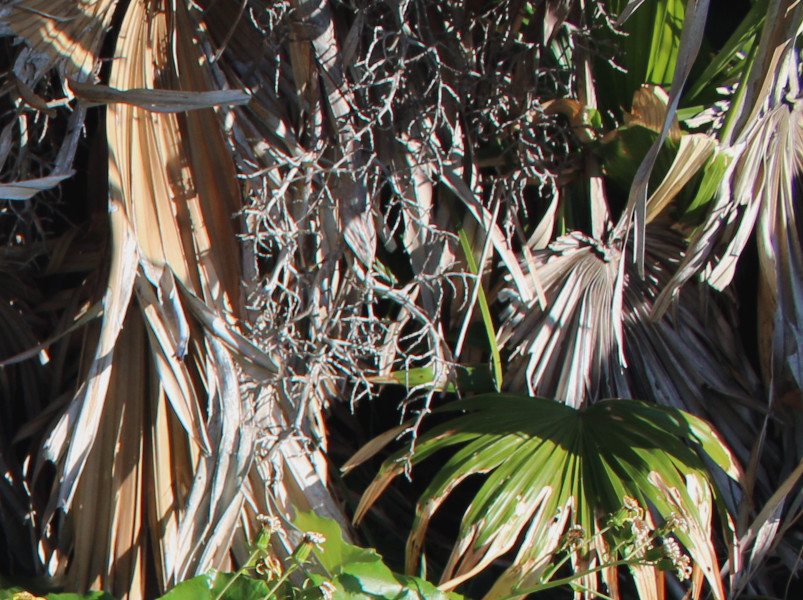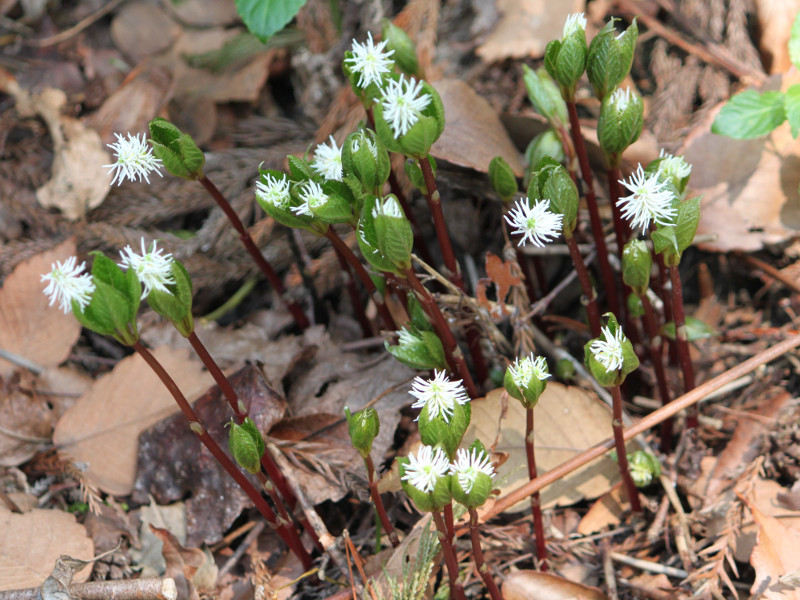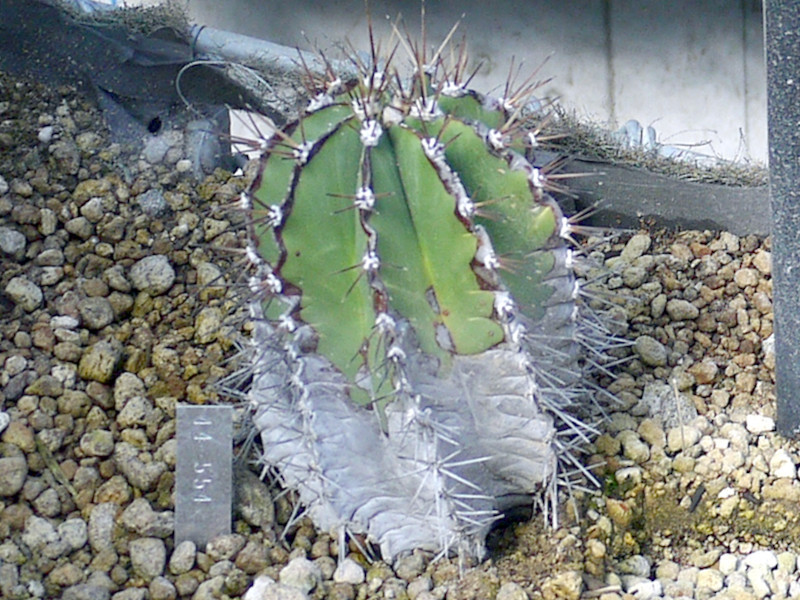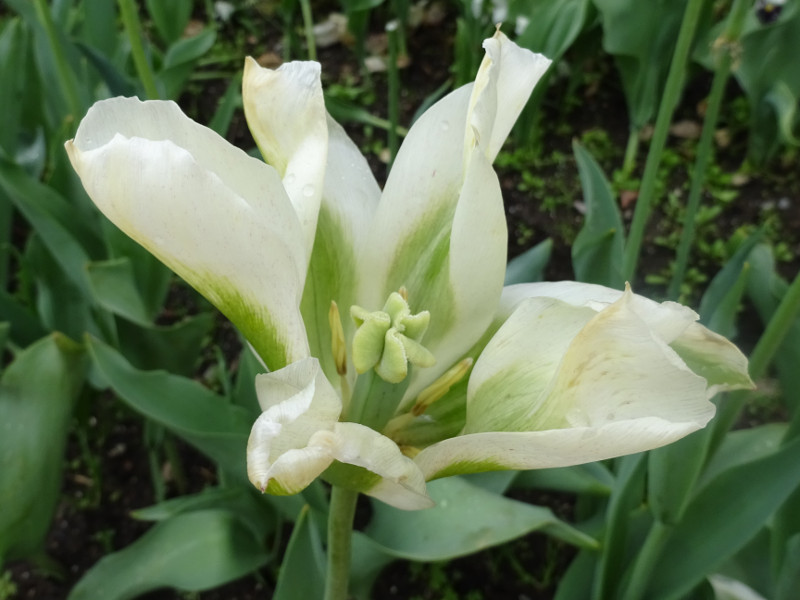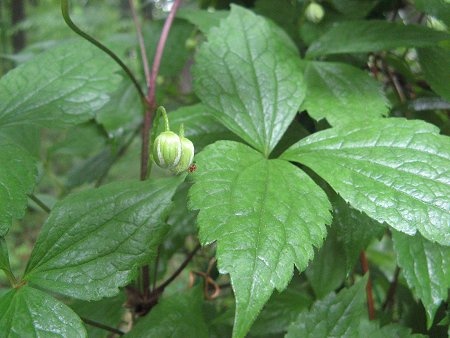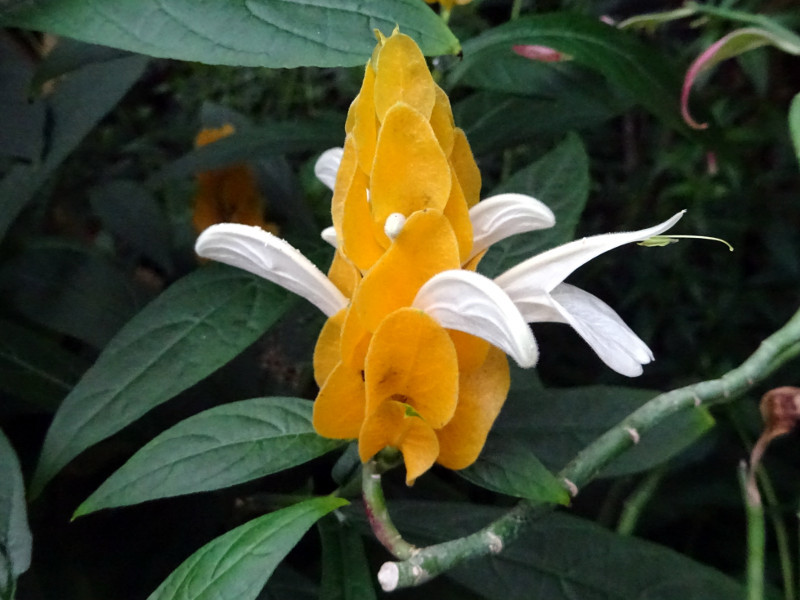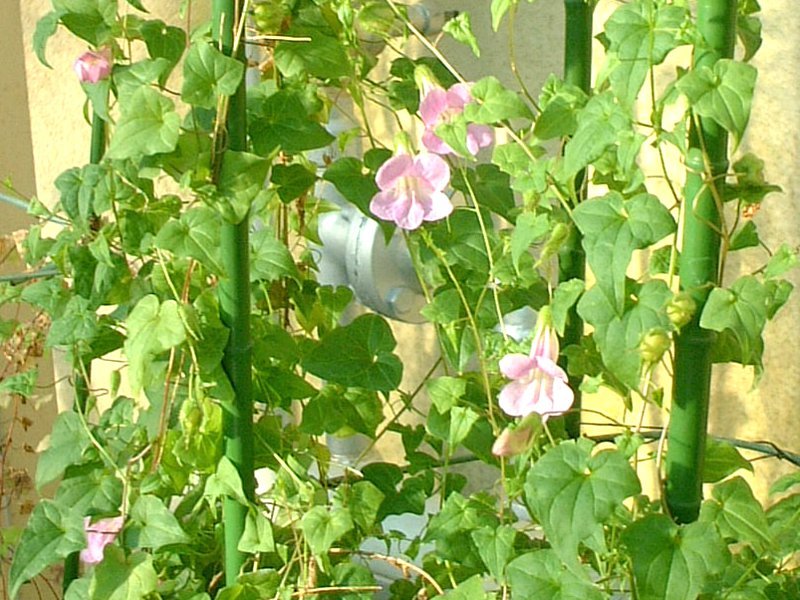Livistona chinensis
- Flower nameLivistona chinensis
- Scientific nameLivistona chinensis
- Aliasビロー, 蒲葵
- Place of originChina, Taiwan, the Nansei Islands, and Japan
- Place of floweringGarden, Seashore, Cemetery & Temple, Okinawa, Streets, Planting
- Flowering seasonApril, May, June
What is Livistona chinensis
Livistona chinensis, Chinese fan palm or fountain palm (scientific name: Livistona chinensis) is a subtropical evergreen tree of the palm family, native to China, Taiwan, the Nansei Islands, and Japan. In Japan, it grows wild in forests near the coast and in warm areas of Shikoku, Kyushu, and Okinawa. The trunk is unbranched, thick and upright. The tree is 10-15 m tall with a trunk diameter of 40-60 cm and grayish-brown bark. The leaves have 1 to 2 meter long petioles with a triangular cross section and opposite spines on both edges. The leaves grow in bunches at the top. The leaf is 1-2 m in diameter, palmately lobed, deeply lobed, with the lobes pointed, and the leaf tip split in two, which hangs down with a broken tip. It is dioecious. From March to May, a long conical inflorescence about 1 meter long extends from the leaf axils and produces numerous yellow-green flowers in clusters at the ends of the branches. The small flowers are bisexual, 0.4 cm long, and have a characteristic odor. The flowers have three sepals, three petals, and six stamens. The stamens are shorter than the petals.
From September to December, each tree produces thousands of 1 to 1.8 cm (1 to 1.8 cm) oval-shaped, greenish-black fruits (kernels) that ripen to black, similar to olives. The tree is used for gardens, the leaves for fans, and the young shoots for food.
Venerable Plants
Betel nut is mentioned in "Kojiki" and "Engishiki," and in the Heian period (794-1185), betel nut was used for "betel nut coaches," ridden by high officials, and for fans.
Origin of the scientific name
The genus name "Livistona" is derived from "Liviston" in the Liviston region of Australia, and the species name "chinensis" means "China" in Latin.
Common name: betel nut, scientific name: Livistona chinensis, subnames: Chinese fan palm, fountain palm, Livistona chinensis, Origin: China, Taiwan, Philippines, northern Australia, Okinawa, Kyushu, Japan, Life form: tall tree, 10-15 m tall, Petiole length: 1-2 m, Leaf shape: palmate, dioecious, Inflorescence form: conical, Petal number: 3, Flower color: yellow-green to green, Flowering season: Flowering period: March to May; number of stamens: 6; fruiting period: September to December; uses: tree for potted plants, gardens, parks, roadside trees, and sacred trees (Okinawa); wood for floor posts and walking sticks; leaves for fans, brooms, straw hats, hats, and roofing materials; young shoots for food; fruit for miso (Yonaguni).
